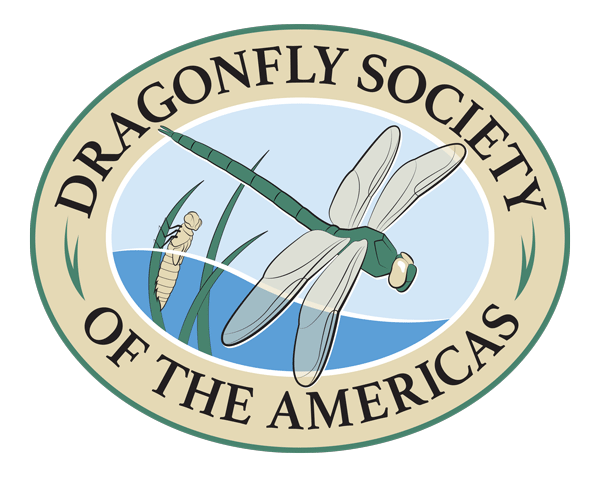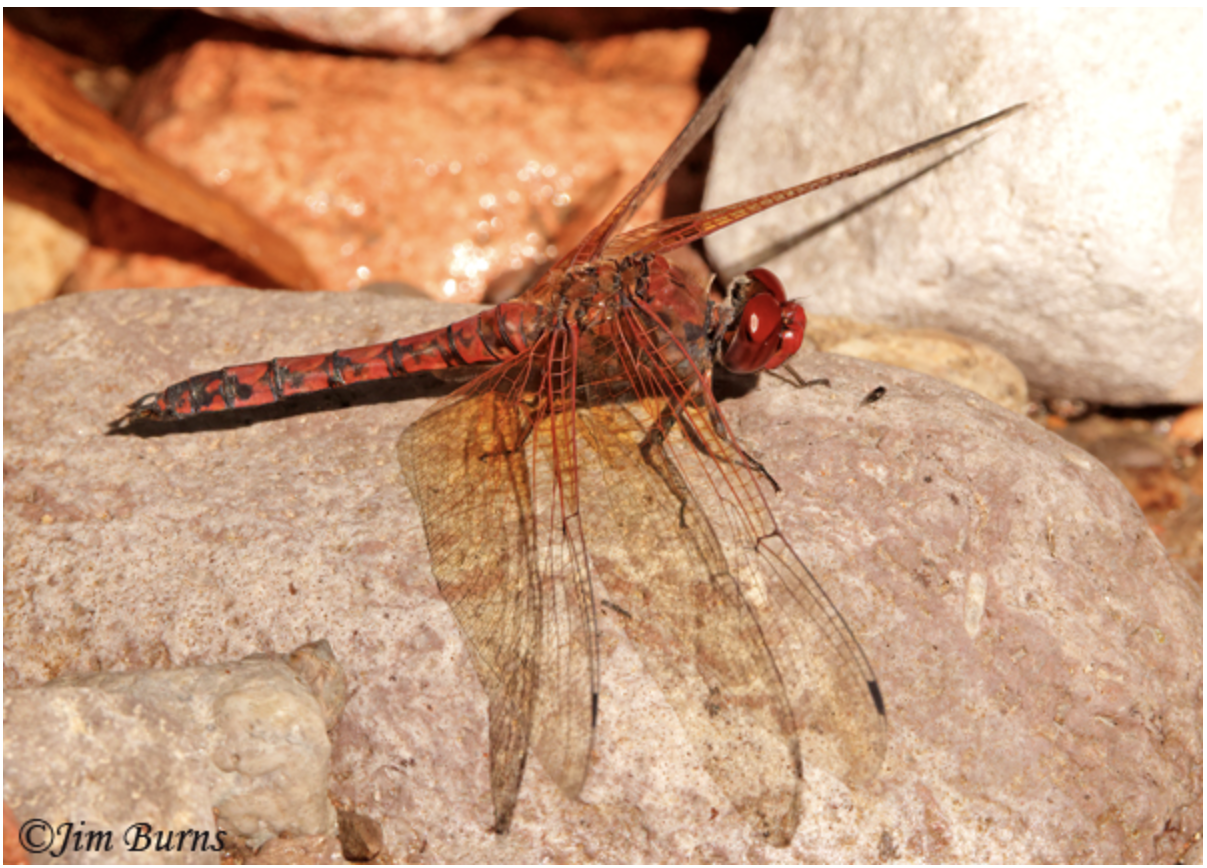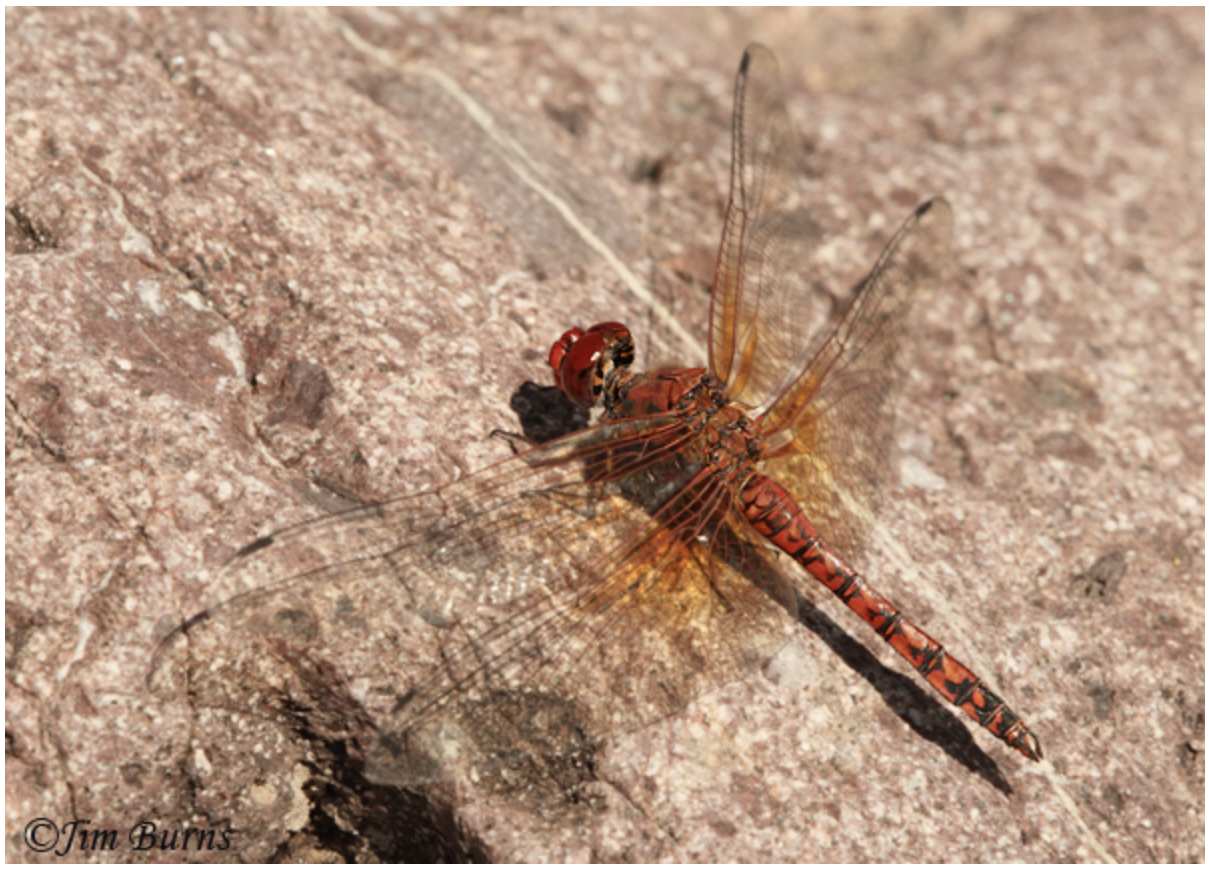Red Rock Skimmer (Paltothemis lineatipes) male on red rock, Cochise Co., AZ, July 2013
Roseate Skimmer (Orthemis ferruginea).
Red Rock Skimmer (Paltothemis lineatipes) male, Cochise Co., AZ, September 2021--4273
Red Rock Skimmer (Paltothemis lineatipes) female, Pinal Co., AZ, October 2011
Red Rock Skimmer ( Paltothemis lineatipes) female, Cochise Co., AZ, October 2014
Red Rock Skimmer (Paltothemis lineatipes) habitat, Oak Creek Canyon, Arizona.
February Species of the Month: Red Rock Skimmer (Paltothemis lineatipes)
February’s DSA species’ focus is the Red Rock Skimmer, Paltothemis lineatipes. This dragonfly is in the family Libellulidae, commonly known as the Skimmers, the largest Odonata family... These are medium to large sized dragonflies, measuring 46-48 mm (about two inches in total body length), that you’ll find in rocky streams. Their range is west to California, north to Oregon, south through Mexico and Panama; east to Texas and Oklahoma. Read on and discover Jim Burns’ story of learning about dragonflies and cryptic coloration while stalking the female Red Rock Skimmer in Arizona.
From Birding to Dragonflies
When I migrated to Odonata after many years of serious birding, the first thing about dragons and damsels that blew me away, just as with birds, was the variety and intensity of their colors. In October, 2011, I photographed my first dragonfly. A male Roseate Skimmer! It was my “spark” ode. In retrospect it is no surprise as red is nature’s eye candy.
The following spring—my first full season with Odonata—I sloshed through Oak Creek Canyon in Arizona’s iconic red rock country. There, I saw my first male Red Rock Skimmer. More eye candy! Its spectacular scarlet body was inlaid with fine, black etching, aptly named I thought, as the geographical center of the species’ five state southwestern range in our colorful Arizona canyonlands. Looking at my images after the trip, I noticed all the males I photographed were perched flat on reddish colored rocks. Perhaps there was more going on with this species than met the eye? (Pun intended!)
Cryptic Coloration
Citizen naturalists, especially birders, are well aware of cryptic coloration. There is countershading (sandpipers on a sandy beach), mimicry (Zone-tailed Hawks imitating Turkey Vultures), and background matching (owls against tree bark). So, undoubtedly here in the realm of odonata was background matching: male Red Rock Skimmers on striated red rocks. But where were the females?
Wherever I found male Red Rocks, I began paying more attention to surrounding stones, leaves, and trees. But to no avail! It wasn’t until October of 2014, three years after my initial male, that I found my first female. Along Bear Creek, an ephemeral rivulet flowing south out of the Huachuca Mountains in Cochise County, Arizona, I found a pair of Red Rocks in tandem. I watched the female ovipositing while he guarded.
I was afraid to move for fear of spooking the female! I followed her visually as she left the water, headed into dry grass, and disappeared. I glassed with my binoculars for twenty minutes into an area only a few yards away from me and only a few yards across. Then, I finally spotted the female. Her black-etched tan and beige body perfectly blended with the dead grass seed head to which she clung, and the grasses all around her.
In the ten years since I began actively seeking Odes, I’ve probably seen several hundred male Red Rock Skimmers. I have found only four females. The most recent was last October, when I saw one hanging from the tip of a branch high above a mountain stream against a mottled background of leaves turning autumn colors. Her cryptic coloration fooled my camera’s autofocus—and presumably predators—as easily as it has fooled me all these years. I was unable to photograph her because there was not enough contrast for the camera’s autofocus to find her. You can be sure female Red Rock Skimmers will be a priority for me this coming season.
Our guest blogger for February is Jim Burns, a nature writer/ photographer based in Scottsdale, Arizona. A lifelong adult birder, he went over to the “dark side,” Odonata, a decade ago. You can see more of his work on birds and dragonflies on his website–jimburnsphotos.com






